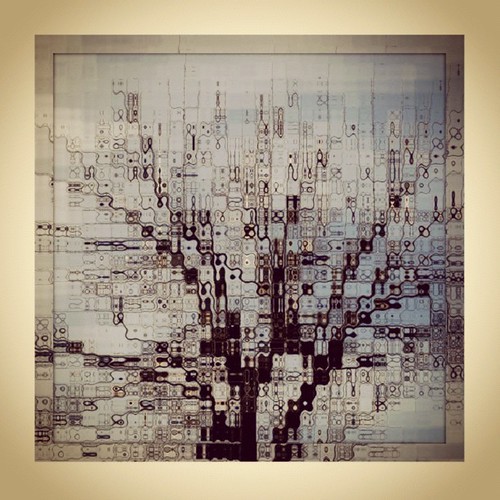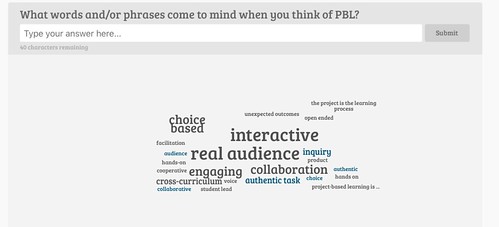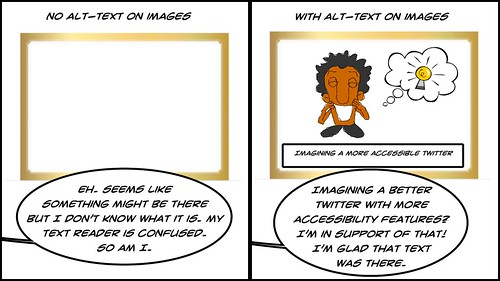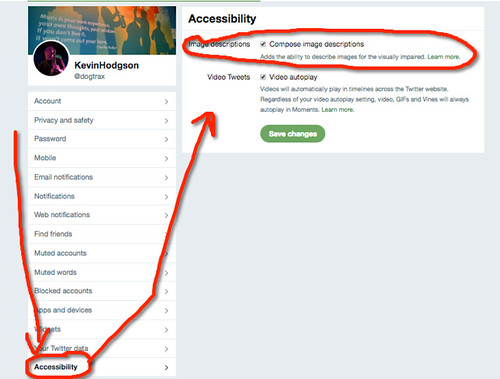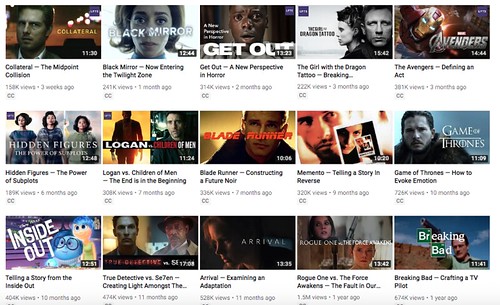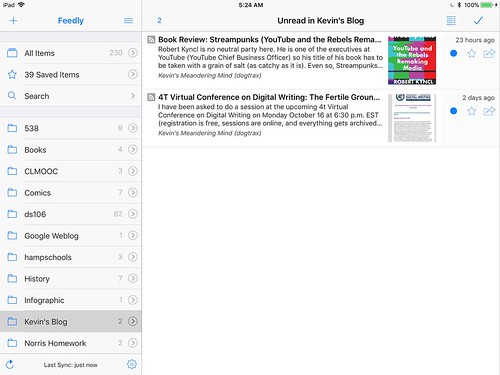
(Note: this post was sitting in my draft bin for some time. I have only slightly updated it. My reading habits remain changed.)
Like many, when an operating software update comes along, I wait a bit for the bugs to get squished and then download and install it, figuring newer is better (not always the case). For the most part, the IOS11 update on my iPad had been OK.
Except … Apple has decided to sever many of the ties between apps and social sharing spaces like Twitter and Google (and, I guess Facebook, too, but I don’t give a darn about FB). I likely would not have really noticed or been bothered about it …
Except .. I still use RSS readers to automatically snag posts from a boatload of sites and sources, and then regularly read through what others are thinking, writing, reflecting upon in education and the arts and more. I use Mr. Reader app, which I recently found out was discontinued and no longer available (too bad .. it rocks!) and will no longer be updated (sad).
Now, with the IOS update, I no longer can share anything directly from my RSS reader into my Twitter and Google streams. It used to be a simple click of the button. Good piece? Bang. Shared. At first, I thought the loss of access was a setting that I had to reset with the new IOS. I searched and searched for a way to reset it. It’s not a setting. It’s the IOS itself.
Look, it’s not the end of the world, but I noticed something interesting … I am reading RSS different now.
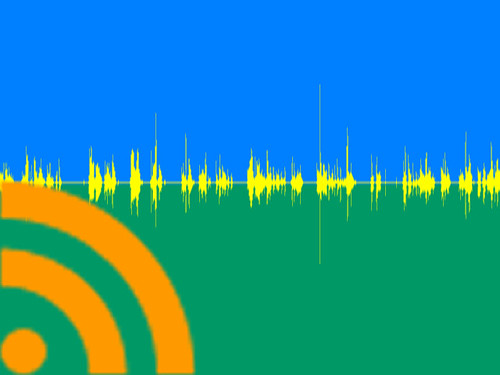
RSS-Audio-Flag flickr photo by troutcolor shared under a Creative Commons (BY-SA) license
I used to consume the news updates from blogs with both an eye towards my own interests as artist and teacher, AND with an eye towards sharing out any interesting tidbits and projects with my friends. Now, I am mostly just reading for myself. I’ve lost the sharing element, and I’d like to say that makes me a stronger reader for an audience of One (that’d be me) but that doesn’t seem true.
It’s as if someone cut the power wire on my amplifier, and now I am playing an electric guitar with only the tinny sound of metal strings. I miss the filter through which I actively read my RSS feeds — knowing that I was curating things of interest for others was part of my desire to dive into RSS on a regular basis. It feels presumptuous to think that people enjoyed and depended on my sharing of what I was reading, and makes me a little unsettled to imagine that such sharing might be valuable to others.
Chances are, no one will even notice the shift.
I still read my RSS, but I am bit slower to get to it, a little more likely to zoom through headlines that don’t quite interest me. Sometimes, I can use the “share” button on the raw post in my RSS but not always. I can’t tell if this withdrawal feeling is a good thing (less easy one-button sharing means more quality sharing?) or a bad thing (why was I so dependent on the concept of an audience to read what I was sharing?)
I’ll adjust. I’ll adapt. I’ll still read. It just feels different now.
(And this reflection on RSS and change reminds me that Apple itself as a company seems intent on making its closed garden of apps, IOS and more, and its influence, more and more closed off to the world, shutting doors left and right to outside influences. It gives them more control over what we are doing on its machines. That’s not necessarily a good thing, from the user standpoint, is it?)
Peace (it’s the RSS, baby),
Kevin
